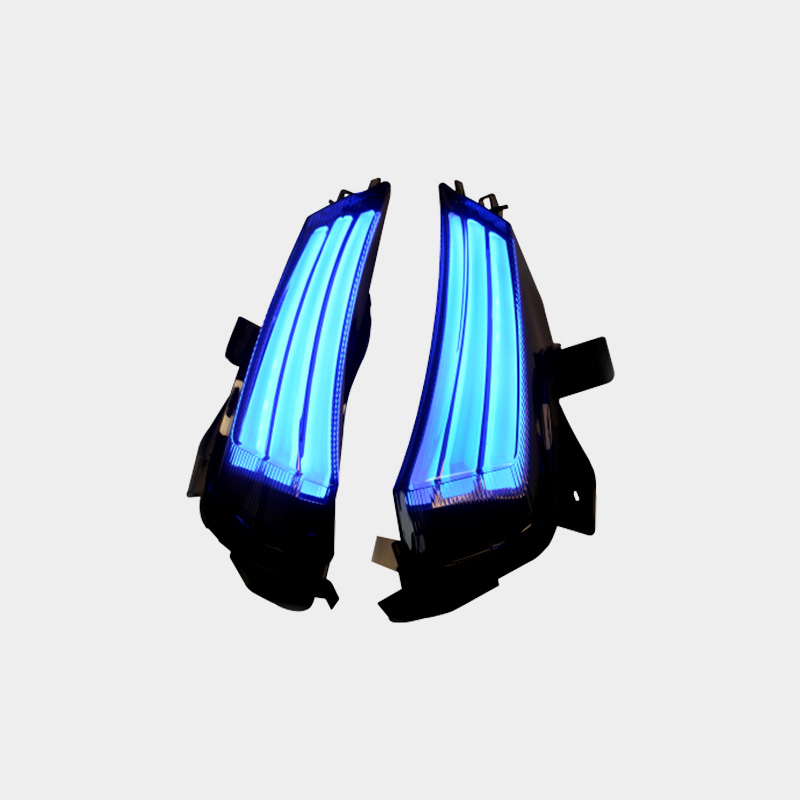(1) Mechanical polishing Mechanical polishing is a poli […]
(1) Mechanical polishing
Mechanical polishing is a polishing method in which a smooth surface is obtained by cutting and plastic deformation of the surface of the material to remove the polished convex part. Generally, whetstone strips, wool wheels, sandpaper, etc. are used. Using auxiliary tools such as a turntable, ultra-fine grinding and polishing can be used for those with high requirements on the quality of the head surface. Ultra-fine grinding and polishing is a special room tool, in the grinding and polishing liquid containing abrasive, it is pressed on the surface of the workpiece to be processed, and it performs high-speed rotating motion. Using this technology, the surface roughness of R0.008pm can be achieved, which is the highest among various polishing methods. Optical lens Helmet Mold often use this method.
(2) chemical polishing
Chemical polishing is to allow the microscopically protruding parts of the material to dissolve preferentially over the concave parts in the chemical medium, thereby obtaining a smooth surface. The main advantage of this method is that it does not require complex equipment, can polish workpieces with complex shapes, and can polish many workpieces at the same time. The core problem of high-efficiency chemical polishing is the preparation of polishing liquid. The surface roughness obtained by chemical polishing is generally tens of tens of microns.
(3) Electrolytic polishing
The basic principle of electrolytic polishing is the same as that of chemical polishing, that is, by selectively dissolving the tiny protrusions on the surface of the material to make the surface smooth. Compared with chemical polishing, the influence of cathode reaction can be eliminated, and the effect is better. The electrochemical polishing process is divided into two steps.
①The macroscopic leveling dissolved products diffuse into the electrolyte, and the surface roughness of the material decreases, R>1um.
②Microscopic flat anode polarization, improved surface roughness, R<1pm.

(4) Ultrasonic polishing
The workpiece is placed in the abrasive suspension and placed in the ultrasonic field together, and the abrasive is ground and polished on the surface of the workpiece by the oscillation of the ultrasonic wave. The macroscopic force of ultrasonic processing is small, and it will not cause deformation of the workpiece, but it is difficult to make and install the tooling. Ultrasonic machining can be combined with chemical or electrochemical methods. On the basis of solution corrosion and electrolysis, ultrasonic vibration is applied to stir the solution, so that the dissolved products on the surface of the workpiece are detached, and the corrosion or electrolyte near the surface is uniform; the cavitation of ultrasonic waves in the liquid can also inhibit the corrosion process, which is conducive to surface brightening .
(5) Fluid polishing
Fluid polishing relies on high-speed flowing liquid and the abrasive particles carried by it to scour the surface of the workpiece to achieve the purpose of polishing. Commonly used methods include abrasive jet machining, liquid jet machining, and hydrodynamic grinding. Hydrodynamic grinding is driven by hydraulic pressure, so that the liquid medium carrying abrasive particles flows reciprocatingly across the surface of the workpiece at high speed. The medium is mainly made of special compounds (polymer-like substances) with good fluidity under lower pressure and mixed with abrasives, and the abrasives can be silicon carbide powder.
Taizhou Huangyan Chuangji Mould Industry Co.,Ltd.